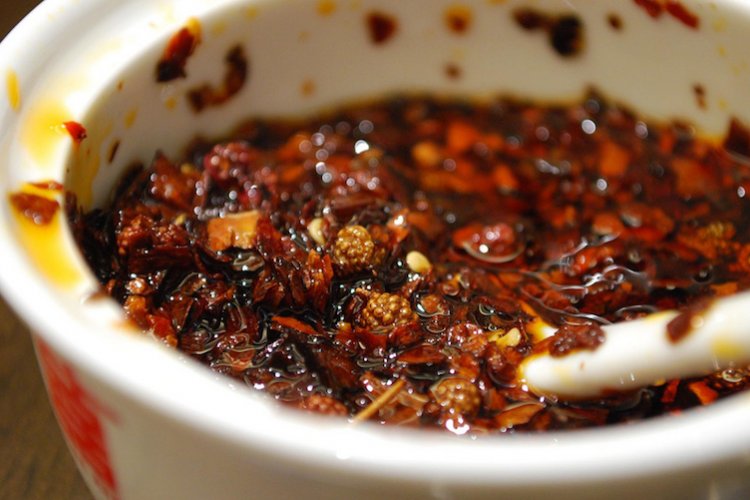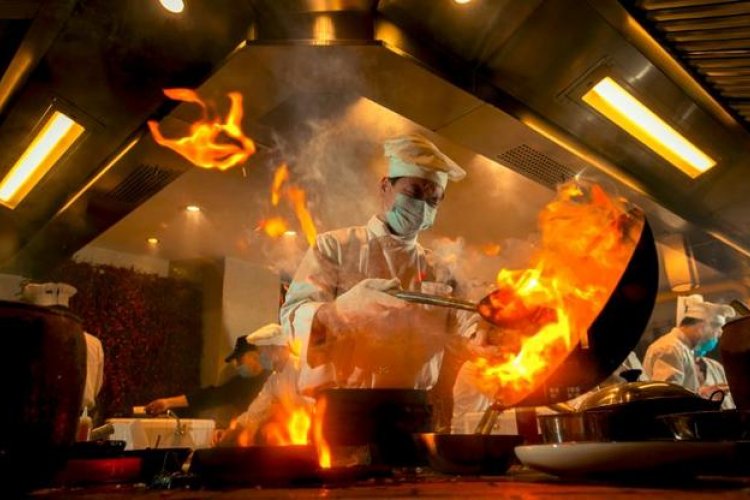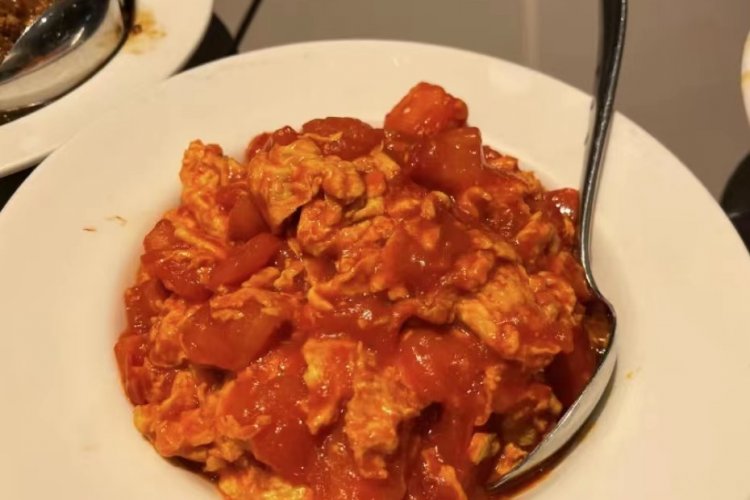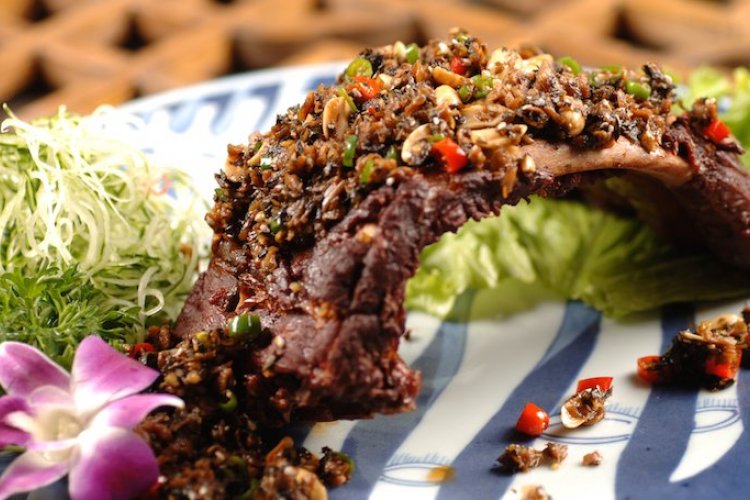Learn How to Make Everyone's Favorite Chinese Chicken Dish: Kungpao Chicken
Ah gongbao jiding (or Kung Pao chicken as many will know it), that defining dish of so many expat culinary experiences in China. Said to be named after late Qing dynasty official and governor of Sichuan province Ding Baozhen, whose official title was gongbao or "protector of the palace," the dish was declared politically incorrect and renamed during the Cultural Revolution, before being rehabilitated in the 1980s.
Although originally a Sichuan dish, gongbao jiding is available in some shape or form at pretty much any restaurant across China. That being said, it is very easy to recreate at home provided you remember the three key words of cooking Chinese dishes: preparation, preparation, preparation.
RELATED: How to Make the Chinese Staple Xihongshi Chao Jidan (aka Tomatoes and Eggs)
For a reliable recipe, I turned to the doyenne of Sichuan cooking (at least in the English language), Fuchsia Dunlop and her reliable cookbook Every Grain of Rice. However, there are plenty of other versions out there on the internet, including a personal favorite by excellent recipe blog The Woks of Life.
Note that this recipe produces a darker, saucier, less sticky version of gongbao jiding than the restaurant versions you may be used to. But that's the beauty of home cooking – you can adapt the recipe to suit your tastes. Trying to cut down on sugar? Leave it out. Peanut allergy? Swap the peanuts for cashews.
Kungpao Chicken
Adapted from Every Grain of Rice by Fuchsia Dunlop
Serves four as part of a multi-course meal
- 2 boneless, skinless chicken breasts (大鸡胸)
- 3 garlic (蒜) cloves, peeled
- An equivalent amount of ginger (姜), peeled
- 3 leeks (大葱), white part only
- 10-12 dried chilies (干辣椒)
- 1 tsp whole Sichuan peppercorns (花椒)
- 1 large handful peanuts (花生米) *See note below
For the marinade:
- 2 tsp light soy sauce 生抽
- 1 tsp Shaoxing rice wine 绍兴料酒
- 1.5 tsp potato flour 淀粉
- 1 tbsp water
For the sauce:
- 1 tbsp caster sugar
- 1 tsp potato flour
- 1 tsp dark soy sauce 老抽
- 1 tsp light soy sauce
- 1 tbsp Chinkiang vinegar 镇江香醋
- 1 tsp sesame oil 香油
- 1 tbsp water
1. Cut the chicken into even-sized cubes, approximately 1.5 cm (the cubes can be as big as you like, but try and make them the same size so they cook evenly). Place in a bowl.
2. Mix the ingredients for the marinade together and add to the chicken. Set aside while you prepare the rest of the ingredients.
3. Cut the leeks into rounds the same size as the chicken. Thinly slice the garlic and ginger. Mix together all the sauce ingredients in a small bowl. Break the dried chilies into small pieces and shake out the seeds (if you don't like it spicy, leave the chilies whole).
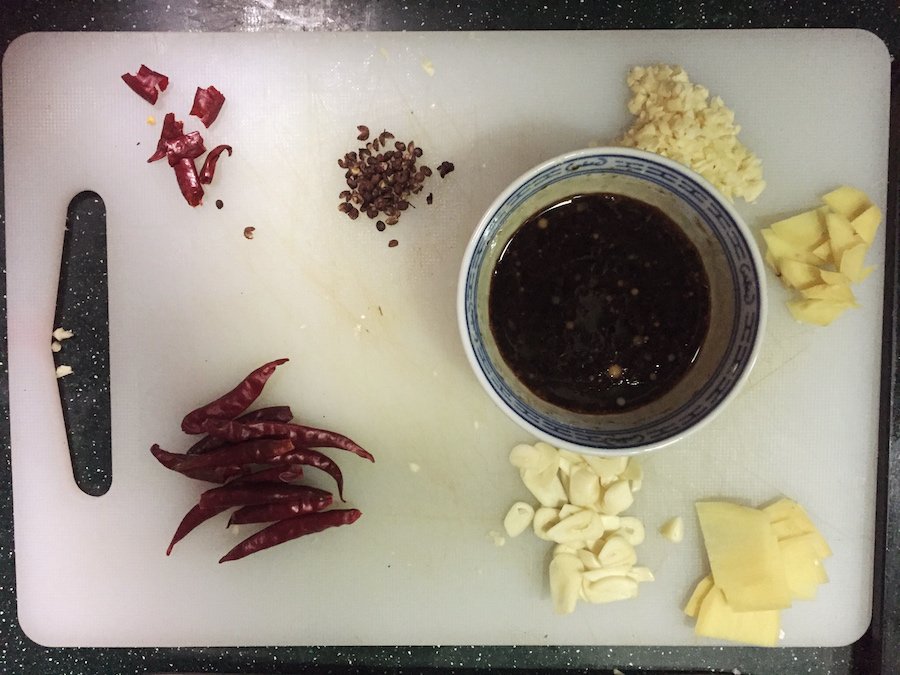
4. Heat a wok over a high heat. Add 2 tbsp vegetable oil and the chilies and Sichuan peppercorns. Swirl together in the oil so the chilies start to darken but don't burn.
5. Add the marinated chicken and stir-fry, stirring constantly. Keep going until the chicken is almost cooked, which should take around 3 minutes depending on how big you made the chicken chunks.
6. When the chicken cubes are almost there, add the garlic, ginger, and leeks and continue to stir-fry. Keep going until the chicken is cooked through (take out one of the larger pieces of chicken and cut in half to make sure – it should be white all the way through).
7. Stir the sauce to make sure it's well mixed and add it to the wok. Continue stirring until the sauce thickens and coats the chicken, then add the peanuts.
And that's it! Dish up and enjoy one of China's favorite dishes.
*Note: You'll most likely come across raw, red skinned peanuts in the supermarket. In this case, they'll need to be roasted. Heat the oven to 120 degrees Celsius. Spread the raw nuts out on a baking tray and roast for 15-20 minutes until crisp and slightly golden. Remove onto a plate and leave to cool for a bit. Rub the cooled nuts between your fingers to loosen the skins and then shake the nuts into a colander to remove them.
More stories by this author here.
Instagram: @gongbaobeijing
Twitter: @gongbaobeijing
Weibo: @宫保北京
Photos: Robynne Tindall



